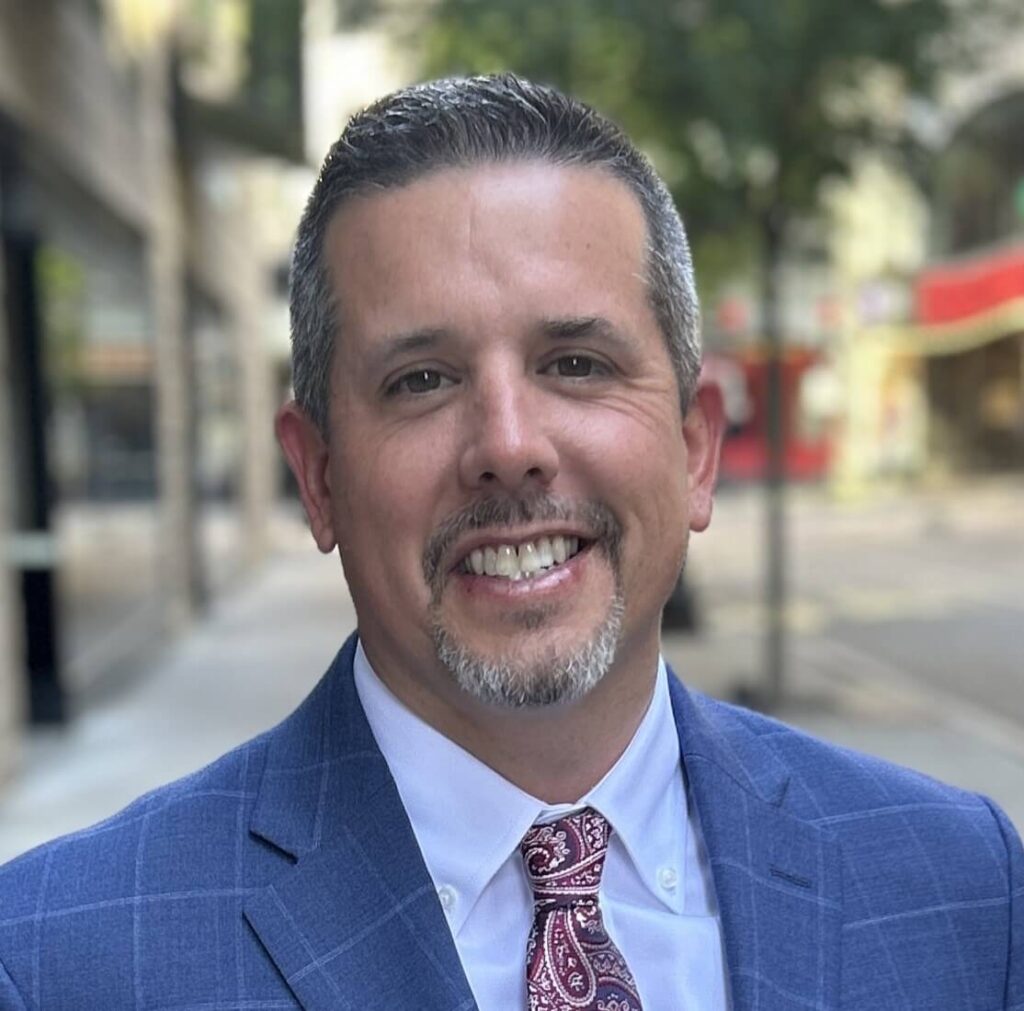Beyond Static Planning: Why Your Annual Plan Should Breathe, Not Suffocate
As professional services owners, we know the importance of having a strategic plan. We spend considerable time each year crafting thoughtful annual plans, setting ambitious but achievable goals, and mapping out the path forward. But here’s what I’ve learned over the years: the real challenge isn’t creating the plan—it’s keeping it alive and relevant throughout the year while maintaining focus on what truly matters.










